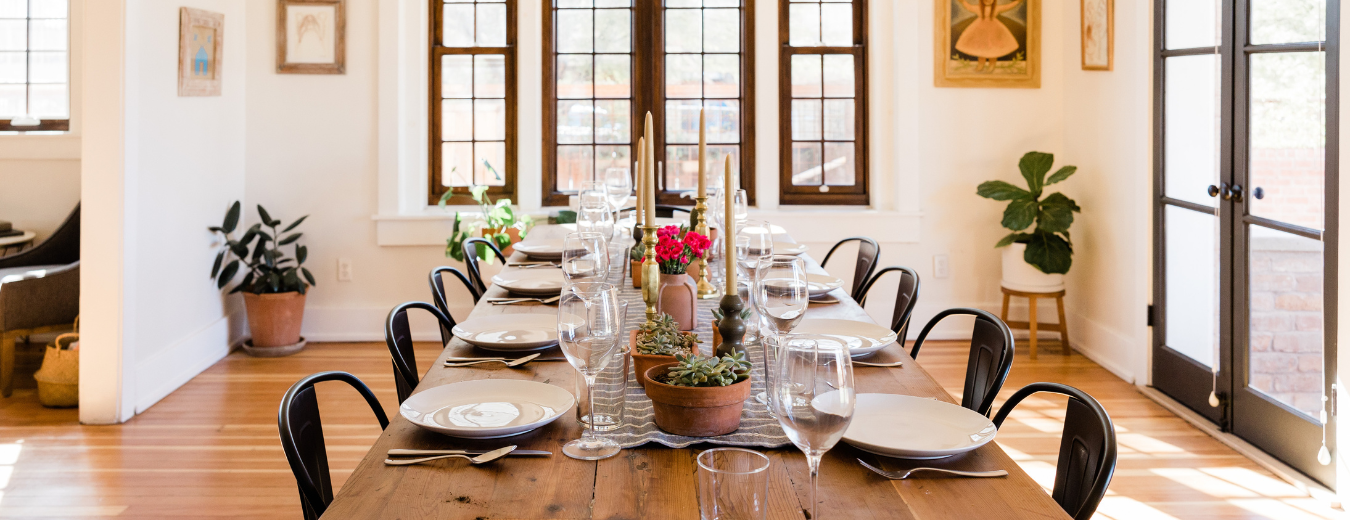
Interior Paint Ideas and Schemes From The Color Wheel
Posted on September 30, 2019
All you need to choose color schemes for your rooms is available on the color wheel. Because the layout of the color wheel identified color families that belong together, using it can create complementary and contrasting color schemes. Here are Interior Paint Ideas from the color wheel.
Primary Colors
Every color, white excluded, comes from a primary color. Red, blue and yellow are combined to create every other color.
Secondary Colors
Secondary colors are created by mixing equal amounts of two primary colors. For example, red and blue make purple, blue and yellow make green and so forth.
Tertiary Color
Tertiary colors are created by mixing a majority of one primary color with a smaller amount of another. For example violet is created with one part blue and two parts red.
The Effects of Color
It’s important to take the effects of a color into consideration for each room you are choosing to paint. Your mood and the feel of the room will be affected by the choice of color you make.
Adjacent rooms
Always remember that adjacent rooms can be seen from within your room. It’s a good idea to choose colors that compliment each other. A hallway that is green may not work with a bright yellow room. If you have a concern, get a small amount of the potential color. Paint it on a posterboard and put up in the area in question. This will give you a feel for how it will look without committing to the full paint job.
Warm and Cozy
If you are aiming for warm and cozy, aim toward the right side of the color wheel.
Red is the color of energy, passion and power. Because it’s an appetite stimulant, it’s a common choice for dining rooms, kitchens and restaurants.
Orange is less aggressive and brings a feeling of joy and warmth. It can be an overwhelming color so it’s a good idea to use orange as an accent or trim.
Yellow is normally a happy and uplifting color. It can be taken too far where it’s found to be distracting. It’s best used in pastel or accent versions.
Cool and Soothing Colors
To create a soothing room, choose colors from the left side of the color wheel. They enhance calm and create a spa-like retreat.
Green is representative of growth. As a naturally occurring color, green blends easily with natural wood furniture or other colors found naturally.
Blue is generally thought of as a peaceful color. It makes a room feel refreshing and relaxing. A dark blue is tied with a sense of dignity.
Violet fuses the energy of red with the calmness of blue. Violet often is used in bedrooms for serenity and passion.
Pastel Colors
Pastels give those in the room the ability to breath. It’s an open and airy color option. They are made by adding large amounts of white to the color wheel colors.
Neutral Colors
Neutrals are a perennial choice for painting a home. White, beige, taupe, gray and even black are chosen more than any other options. This is because they are easy to match and work with. Because they are not terribly vibrant, it’s a good idea when choosing neutrals to match a vibrant accent color, or bright accessories for the room.
Color Schemes
Complementary Colors
Complementary colors are found opposite each other on the color wheel. They share a richness that works together in a room. When choosing these colors, one should be dominant and one less. For example, a dark violet is best paired with a light to medium yellow.
Split Complementary Colors
Split complementary colors offer a daring color option. Select your main color. Next, find the complementary color and select colors from each side of the complementary color. These colors are great to try when layering a faux finish.
Related Colors
Related colors are located directly next to each other on the color wheel. By choosing these colors, there is less contrast and more complementary feel. If you choose a dark blue-green and match it with a light blue, you get the feeling of a tropical lagoon.
Monochromatic Colors
Using the same color, but in different tones and saturations creates a stylish and always matching options. A paint card from your local paint or big box store is an example of these color options. It’s a pleasing and forward thinking color scheme.
Need Some Help?
If you decide to choose a color scheme yourself, great! We hope it works out perfectly.
If you would rather call a professional for the job, we’re here for you too. Call CertaPro Painters® of Surrey, Langley, White Rock and North Delta at 604-879-4462 or click here for a free estimate.





